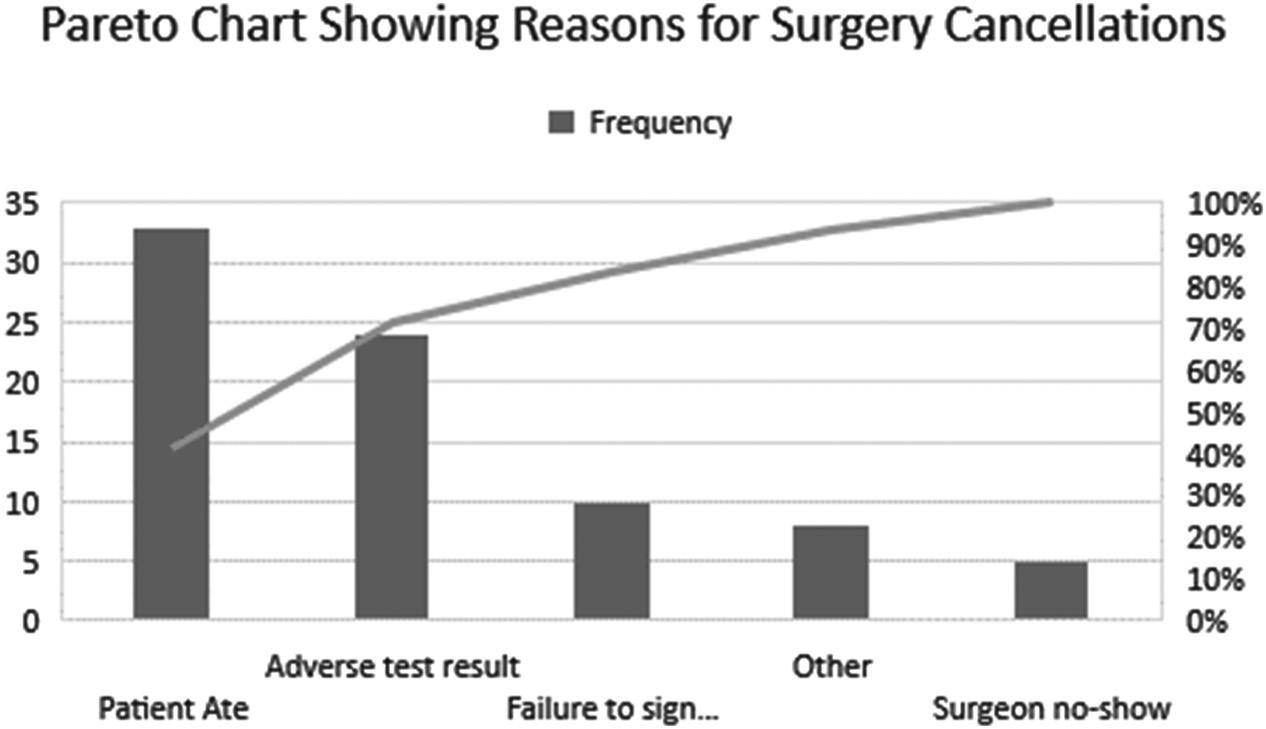88 ◾ Healthcare Value Proposition
value in healthcare by providing powerful insights regarding a patient’s experience. The combination of health information technology (HIT) and data analytics makes transformative improvements in healthcare possible. Healthcare organizations that do not devote sufficient attention to data analytics may only be able to speak of marginal success in their quality improvement journey. On the other end of the spectrum are organizations that are obsessively driven to measure and track anything and everything without the discipline of managing the psychosis that such tendencies produce. The key is to strike the right balance between process and outcomes, and between people and their work environment. Technology can play a great role in the ability to capture the right information at the right time, in the right format, and to deliver it to the right stakeholders. One such technology is radio-frequency identification (RFID). The implementation of RFID technology in healthcare is on the rise. RFID has the potential to save healthcare organizations significant time and money by offering real-time traceability, identification, communication, and location data for people and resources. RFID technology utilizes radio waves for data collection and transfer (Rosenbaum, 2014). Historically, RFID technology has been used in supply chain management, primarily to track goods in warehouses (Bowen et al., 2011) because RFID can capture data automatically without human intervention. Compared to barcode scanning, RFID does not require line of sight for readers to capture information from tags.
Why Collect Data? There are many reasons to collect data, including the following: ◾◾ To understand the gap between patient requirements and what an organization offers ◾◾ To gauge the impact of quality improvement activities on a process ◾◾ To answer research questions ◾◾ To provide information to support improvement efforts ◾◾ To monitor resource usage ◾◾ To determine the necessity for an improvement effort ◾◾ To track accomplishments ◾◾ To understand root causes ◾◾ To determine the viability of a solution or idea











